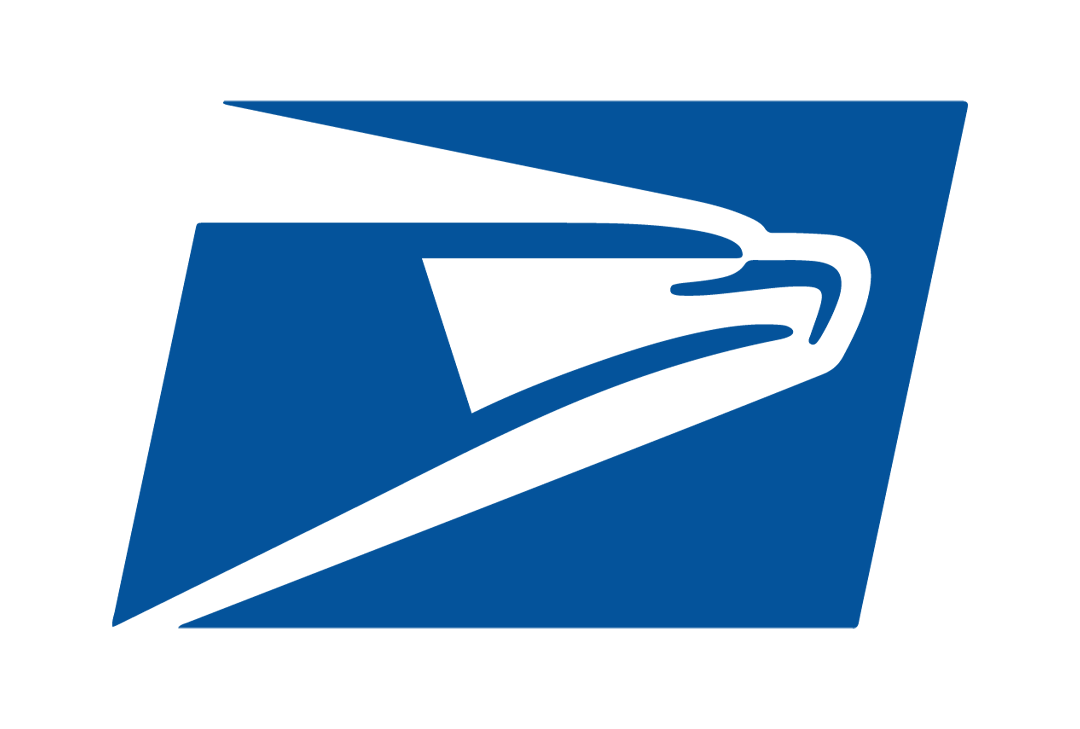Johnny Lightning
Johnny Lightning 1:64 1971 AMC Javelin AMX, Orange

Johnny Lightning 1:64 1971 AMC Javelin AMX, Orange
$9.95
The AMC Javelin is an American front-engine, rear-wheel-drive, two-door hardtop automobile manufactured and marketed by American Motors Corporation (AMC) across two generations, 1968–1970 and 1971–1974 model years.
Styled by Dick Teague, the Javelin was available in a range of trim and engine levels, from economical pony car to muscle car variants. In addition to manufacture in Kenosha, Wisconsin, Javelins were assembled under license in Germany, Mexico, Philippines, Venezuela, as well as Australia – and were marketed globally.
As the winner of Trans-Am race series in 1971, 1972, and 1976, the second-generation AMX variant was the first pony car to be used as a standard vehicle for highway police car duties by an American law enforcement agency
The new design incorporated an integral roof spoiler and sculpted fender bulges. The new body departed from the gentle, tucked-in look of the original.
The media noted the revised front fenders (originally designed to accommodate oversized racing tires) that "bulge up as well as out on this personal sporty car, borrowing lines from the much more expensive Corvette." The new design also featured an "intricate injection moulded grille."
The car's dashboard was asymmetrical, with "functional instrument gauges that wrap around you with cockpit efficiency". This driver-oriented design contrasted with the symmetrical interior of the economy-focused 1966 Hornet (Cavalier) prototype.
AMC offered a choice of engines and transmissions, included a 232 cu in (3.8 L) Inline 6; and a 401 cu in (6.6 L) V8 with a single 4-barrel carburetor and high compression ratio of 9.5:1 rated at 330 bhp (335 PS; 246 kW) at 5000 rpm and 430 lb⋅ft (583 N⋅m) at 3400 rpm of torque, forged steel crankshaft and connecting rods engineered to withstand 8000 rpm. The BorgWarner T-10 four-speed manual transmission came with a Hurst floor shifter.
From 1971, the AMX was no longer available as a two-seater. It evolved into a premium high-performance edition of the Javelin.
The new Javelin-AMX incorporated several racing modifications and AMC advertised it as "the closest thing you can buy to a Trans-Am champion". The car had a fiberglass full-width cowl induction hood, as well as spoilers front and rear for high-speed traction. Testing at the Ontario Motor Speedway by Penske Racing Team recorded that the 1971 Javelin AMX's rear spoiler added 100 lb (45.4 kg) of downforce. Mark Donohue also advised AMC to make the AMX's grille flush for improved airflow, thus the performance model received a stainless steel mesh screen over the standard Javelin's deep openings.
The performance-upgrade "Go Package" provided the choice of a 360 or 401 4-barrel engine, and included "Rally-Pac" instruments, a handling package for the suspension, "Twin-Grip" limited-slip differential, heavy-duty cooling, power-assisted disc brakes, white-letter E60x15 Goodyear Polyglas tires (on 15x7-inch styled slotted steel wheels) used on the Rebel Machine, a T-stripe hood decal, and a blacked-out rear taillight panel.
The 3,244-pound (1,471 kg) 1971 Javelin AMX with a 401 cu in (6.6 L) V8 ran the quarter-mile in the mid-14 second range at 93 miles per hour (150 km/h) on low-lead, low-octane gas.










